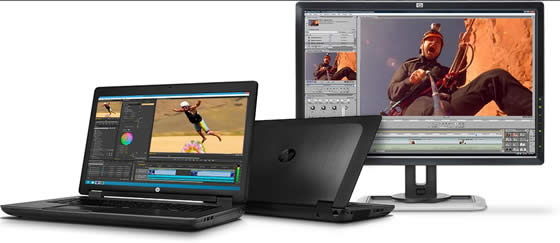Devin “Super Tramp” Graham is a YouTube celebrity who first started creating video content for a friend in college. Since his first video, he’s shot to internet superstardom, earning over 300 million views, gaining 1.78 million followers, and directing commercials for brands like Ford, Mountain Dew and Panasonic.
Bijan Tehrani: How did you come up with the idea with these series of videos?
Devin “SuperTramp” Graham: I was going to film school at BYU in Utah and my dream was to do feature films. At the time my roommatewas using YouTube and social media to basically promote their company. So from working with him and thinking of videos for YouTube, I realized the power of YouTube and social media. So then I started my own YouTube channel and started creating content that I thought was shareable and that is how it got started, learning from my roommate. Then I dropped out of film school my last year to create the content that I am doing now.
Bijan: Your work is very professional and well done; do you have a team working with you when you go out on shoots?
Devin: When I first started it was very last minute, we were just shooting on Cannon DSLR cameras and I was just borrowing those from my friends, and then I asked another friend to bring a second camera. Then I would go home and edit all day and release the film on YouTube and compose the music. So the first year it was basically a one man team with some other people assisting. I have been doing it for four years and since that time we have gained eight full-time employees, and we will sometimes bring on more people for bigger productions (up to 40 people). So it has grown significantly, but it was originally a one man team.
Bijan: What do you think of the new market and the opportunities that it provides filmmakers with?
Devin: Fifteen years ago you had to have the same equipment Hollywood had to compete with them, but now the equipment is so affordable that it is really not the equipment as much as it is your ideas. The most viewed and logged videos in the world are videos that people have shot on their iPhone, it is no longer about the equipment, it is just about having the most creative idea, and the ones who are the most creative are the ones who actually succeed.
Bijan: What are some of the tools that you use for your work?
Devin: When we started we were shooting strictly on Cannon DSLR cameras and the Cannon 5D Mark Two. Now that we have a higher budget, we now shoot on the Red Dragon in 6K and we are shooting on the Phantom Narrow, which can do up to 1500 fps in 1080p. As far as computers and software, we just switched over to HP about a year ago, and for editing we are using Adobe Premiere Cloud after previously using Final Cut.
Bijan: What is your experience with HP?
Devin: When we were in film school we were using Macs. The problem is that they were not making them fast enough for what we are doing. Once we switched over to 4K and 6K, our Macs could not handle the projects and could not process them fast enough. So we needed to be on the road and constantly editing, and the Macs were not keeping up with that pace, so that is why we made the switch over to HP. Originally, I was afraid to switch over from a Mac to a PC, but it was very easy to use and we learned the whole operating system in a few days.
Bijan: Are you using just the workstation or are you also using Z Books?
Devin: We are using both, we are using the HP Z820 Workstation, and the HP ZBook 17. So we are editing on the plane and we are editing in the hotel to pump out all of these videos.
Bijan: How does the ZBook handle while you are traveling and shooting on location?
Devin: We haven’t had too many problems with anything, and when we do have problems it is usually with the software and not the device. We can pretty much edit right away on location and can make immediate changes while on location as well.
 Bijan: Did you find that the HP systems were easy to expand and upgrade?
Bijan: Did you find that the HP systems were easy to expand and upgrade?
Devin: With HP systems, we can do things significantly faster; we can now work twice if not three times faster than before.
Bijan: Can you talk about the system maintenance?
Devin: No issues at all with system maintenance.
Bijan: Are you using premier pro for editing?
Devin: Yes we are using Adobe Premiere Pro, .
Bijan: How would you compare Premier Pro and Final Cut in terms of ease of use?
Devin: I was using Final Cut 7 before I switched to Premiere, I think they were very similar in terms of the way they work; the only thing is that with Final Cut I had torender out before I started editing it in Premiere, it would render instantly so I could edit right away. We just needed something faster and beefier to make things happen for us quicker.
Bijan: Are you going to make a feature film?
Devin: Right now I am working on creating the biggest audience possible and then I would have a guaranteed distribution, so once I know I have a huge audience or fan base, then I can tell the stories I want to tell.

